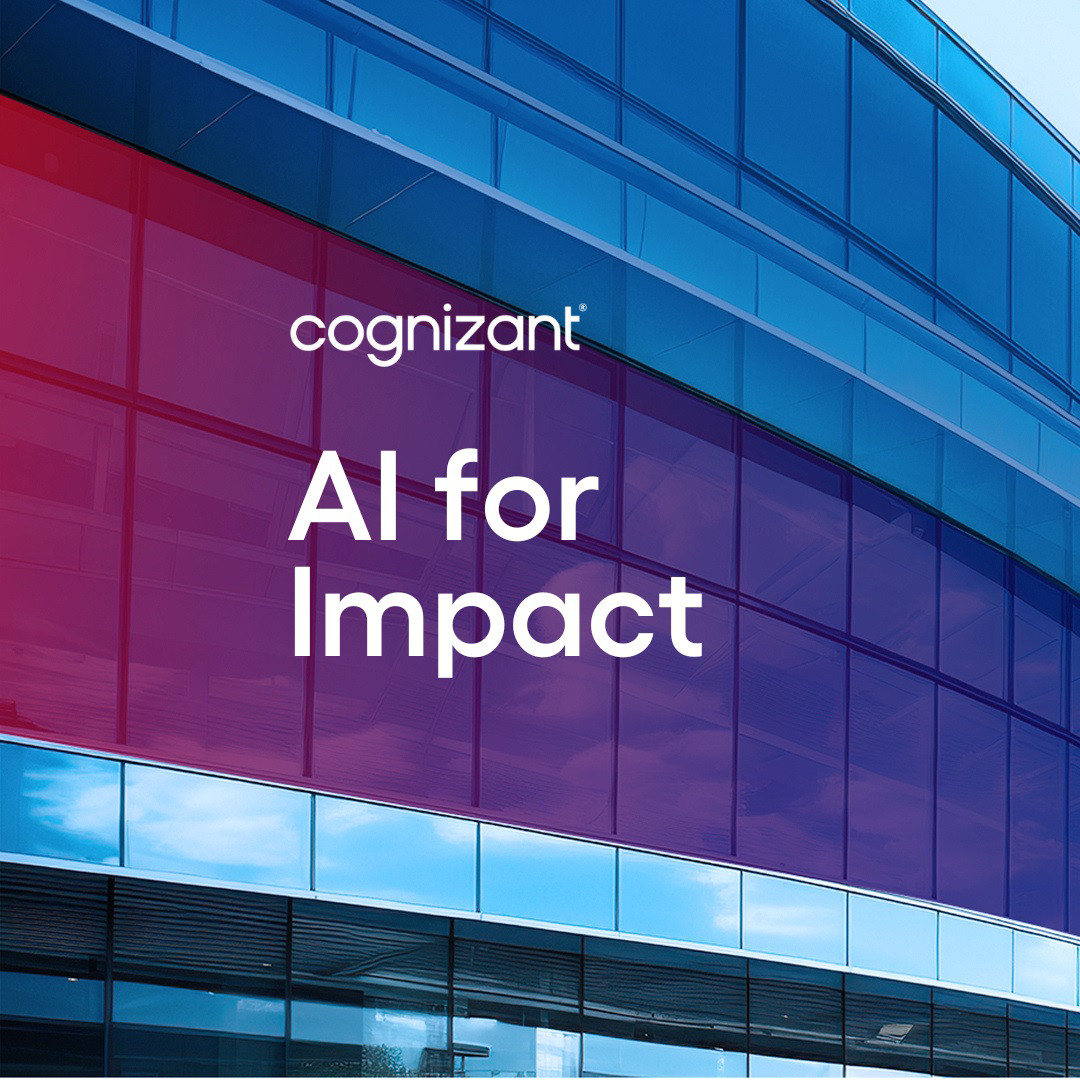The possibilities linked to AI and data analysis in the energy sector are huge. The technology has the potential to drastically cut costs, streamline the entire value chain within oil and gas, help reduce risk and downtime and increase control and profitability.
All good then? While I notice a great interest in the industry, the hard truth is: there are no off-the-shelf generative AI products for transforming an energy company. You need to start investing in research and development, involving partners and specialists, creating a vision, building POC:s and solutions – and then figuring out how to scale.
Clean your data first
Where do you start? While the standard earlier on has been to focus on storing nearly all data, I believe the way forward is both a top-down and a bottoms-up approach. We’ve seen time and time again that working from data sources upward doesn’t often yield value. Rather, we should build a concept, verify that this will yield value and then build a top-down minimum value product (MVP) with synthesized data to check that it’s technical and functionally feasible.
As this is confirmed, proceed forward gathering data where it already exists and create an implementation where it does not, using proxy and synthesized data while waiting—everything to come to a scalable and value-adding product fast.
Nevertheless, when it comes to the data you have, you need to clean your data first. Having access to accurate, available and reliable data is a dealbreaker when it comes to innovating with generative AI. Companies that went through a thorough data management process ten years ago, as machine learning kicked off, are well-positioned to benefit from AI.
AI applications in energy
Energy companies already use and explore AI and data analysis as means to extract efficiency gains and address challenges:
· Quality inspections are improved with intelligent video analysis based on photos and videos from drones and ROVs (remotely operated vehicles).
· Data patterns based on loggers from operational, sensor and machine data, IoT and data about how different suppliers have performed, are used for improving the quality of services and operations.
· AI and data analysis improve forecasts for demand and reduce downtime and losses in projects. This includes the use of data from digital twins, remote operations, control centers, assets and other condition-based monitoring.
· Novel technology is needed in the intersection of hardware, software and AI, on the edge and connected to the cloud, to conquer emerging areas such as environmental and biodiversity compliance, new ways of monitoring assets and surroundings and early hazard detection.
· New ways of doing digital twins combining 3D, AI simulations, and real-time observations to plan, execute and run projects better is a natural next step for the industry.
To succeed, you need to look beyond the somewhat siloed approach both in the energy and IT/digital industry that mostly prevail today and create co-creation pods with interdisciplinary teams across offshore engineering, construction, software engineering and AI engineering.
Next stop: generative AI
While many generative AI initiatives are still small-scale within the industry, development is now happening at the speed of light. Among the potential use cases are a combination of deep learning, machine learning and generative AI for running operations at sea, AI-powered environmental health monitoring system, or multi-layered data empowered by AI that utilizes geospatial remote sensing, satellite/drone data together with weather forecasts, to provide new insights. We’ve already built concepts in this space that are yielding very promising results, now we just need to accelerate investments and scale these solutions.
Some of the capabilities available by connecting generative AI with private data sets, are the possibilities to get more precise answers in a domain context. Leveraging data sets from Azure data manager for energy and combining them with Microsoft Copilot, will for example help you retrieve data from a variety of sources within your domain, accessing relevant information without any previous knowledge of the underlying data, providing a well-trained private LLM (large language model).
Ready to transform your energy company with AI? To fully reap the benefits, start by cleaning your data, tearing down data silos and migrating data and systems to the cloud. Vendors that are furthest ahead, will be able to make better-informed decisions, cut maintenance costs and automate tasks to increase overall profitability.
Learn more about Cognizant’s oil and gas offerings here.
Our experts are contributing with exciting insights about what is going on within technology and innovation.


















